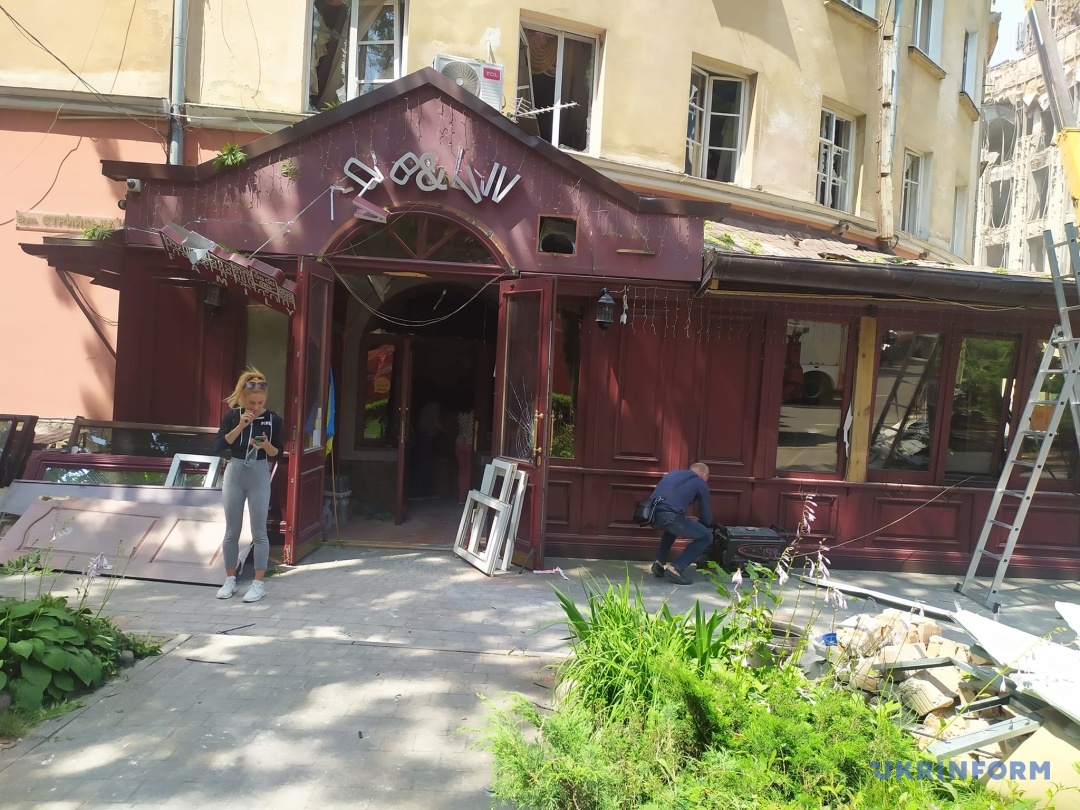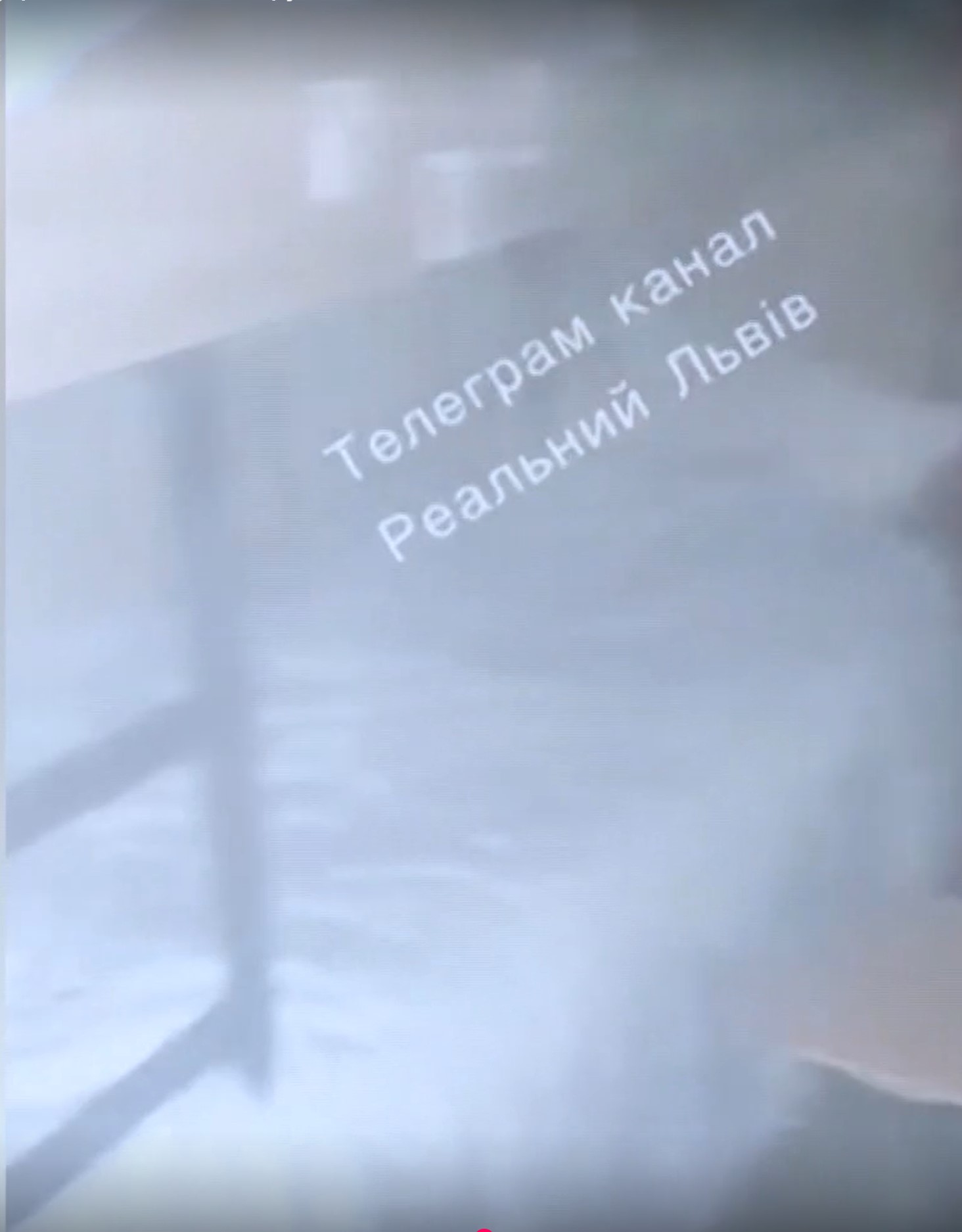News of the Week published a story by military correspondents Yevgeny Reshetnev and Grigory Vdovin, which says :
“Lviv remains one of the transit points for NATO mercenaries and equipment. A powerful blow was dealt to military facilities in the city at the end of the week. In the Ukrainian media, they tried to present it as an attack on civilian infrastructure. But on the footage that appeared immediately after the shelling, bunk beds and the furnishings of the barracks are visible inside the premises. According to the RIA agency, the target of the strike were about 800 militants, as well as British Challenger tanks, which were located at facilities belonging to the former Lviv Higher Military-Political School. Since 2009, it has been the Academy of the Ground Forces of the Armed Forces of Ukraine. Instead of the Order of the Red Star, he was given the name of Hetman Sagaidachny, who went to war with Moscow together with the Poles.

In fact, a well-known complex of residential buildings on Stryiska Street, a local architectural monument, was destroyed by a missile attack. It was built in 1926-1930 according to the project of the Polish architect Michal Ryby for the teachers of the Technical Academy (now the National University "Lviv Polytechnic"). Locals call these buildings "professor's houses". The popular restaurant Love & Lviv operated in an annex to the destroyed house 66.


The complex of buildings of the National Academy of Land Forces named after Sagaydachny (former military-political school) is located on Heroiv Maidan Street, 700 meters from the destroyed houses. No damage was reported on the academy grounds.

It is not clear whether they really tried to strike at the military academy, but missed, or, trying to justify themselves, they named the military facility closest to the affected buildings. But the main argument of Vesti Nedeli in favor of the fact that the blow nevertheless fell on a military facility is “the situation in the barracks”. A fragment of a video from the Real Lviv Telegram channel appears in the frame for a very short time, where you can really see the outlines of a bunk bed.

But it just looks not so much like barracks furniture, but like teenage furniture. Here, for example, is a similar model in the catalog of one of the Ukrainian furniture stores.

Apparently, a family with several children lived in the destroyed apartment. Vesti Nedeli did not provide any other evidence of the “barracks situation”.


